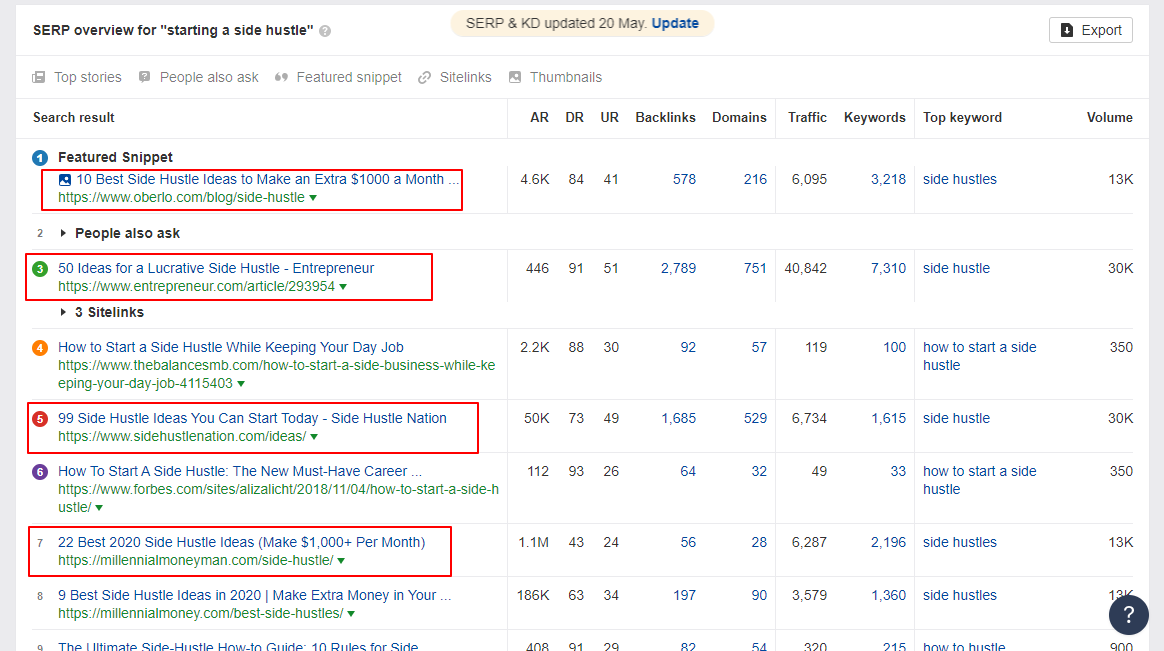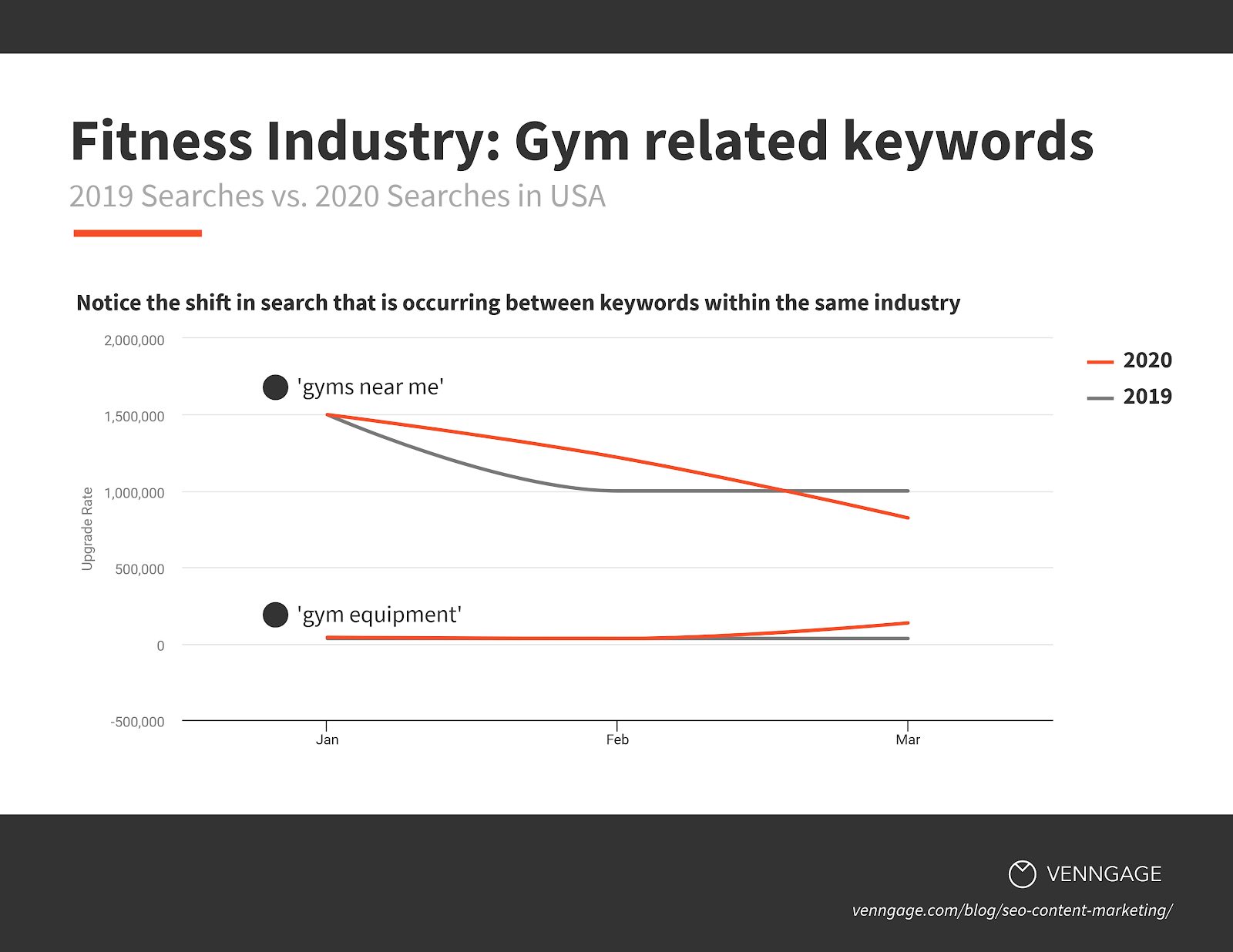5 Ways to Create a Data-Driven Content Strategy and Boost Growth?

If you talk about data-driven content marketing, it’s likely to cause most people’s eyes to glaze over.
One of the biggest mistakes content marketers make is assuming that creativity is enough to create great content. What they often overlook is a huge aspect of the equation — Data.
The content you create needs to deliver real results for your business and that can only happen if you leverage data to ideate and produce content that resonates with your audience.
From creating a survey for customers and analyzing website behavior, to keeping track of ongoing trends and doing competitive analysis — there are various ways to obtain data and use it to create awareness, attract traffic, drive conversions and build reputation and trust.
Let’s take a look at five smart ways to create a data-driven content strategy that boosts growth.
Develop User Personas
The first step towards implementing a data-driven approach begins with getting an in-depth understanding of who your ideal consumer is.
No, it’s not enough to know that your business caters to parents between the ages of 25 and 60. You need to go beyond that and create detailed representations of your target audience. This is where user personas come into the picture.
Developing user personas involves understanding your audience’s goals, motivations, needs, pain points, behavior and demographics, and segmenting this information into individual persona types.
Doing this exercise enables you to create more targeted content that caters to your audiences’ needs and suited for every stage of the sales funnel.
How do you obtain this data? By surveying your customers, conducting focus groups, uncovering website behavior patterns, and leveraging third-party networks.
You can use mind maps to map content and journeys for each of the personas, helping you organize and visualize the process better.
Define Goals
In order to create effective content, you need to determine your goals.
Content marketing goals differ from company to company. While a B2C company might be focussed on boosting engagement and loyalty, B2B companies are more about generating leads and nurturing them through content.
These are the common content marketing goals companies go after:
- Creating brand awareness
- Attracting website traffic
- Driving engagement
- Generating leads
- Driving conversions and increasing revenue
- Boost customer loyalty and retention
What’s important is ensuring that these goals are aligned with your business goals and objectives. Establishing measurable goals gives your content purpose and drives results.
Research Search Intent
You’ve gained a thorough understanding of your audience and established goals — now, let’s move to the content creation stage.
While using keyword research tools to find target keywords is essential, it’s also important to do an search intent analysis to make data-driven decisions.
Search intent analysis refers to the process of understanding the ulterior motive behind a particular search query. There are three types of search intent:
- Informational
- Navigational
- Transactional
So, if you’ve identified the target keyword to be ‘starting a side hustle’, a SERP analysis will tell you that most of the articles that rank for this keyword are about side hustle ideas, indicating the dominant intent behind this keyword.
Hence, if you want to rank for it too, you will have to optimize your content for that search intent.
Identify Trending Topics
Another way to uncover content ideas is to use Google Trends to analyze search trends and content consumption patterns. This helps you understand what the audience is looking for and accordingly create content to meet their needs.
The team at Venngage recently published an SEO content marketing study on the COVID-19 search trends and their impact on content strategies. Let’s take the fitness industry for example. The study revealed that there was a drop in terms related to ‘gyms near me’ and ‘gym memberships’.
Considering the nature of the pandemic, this was expected.
At the same time, there was a spike in searches for terms related to ‘home workout plans’, ‘gym equipment’ and ‘healthy recipes’. This proves that while people are still interested in maintaining a healthy lifestyle, there has been a shift in the avenues they’re turning to.
Hence, if you have a business in the fitness industry, you might want to capitalize on these trends and create content that would be more relevant to the times.
Track Performance
One of the biggest mistakes you can make as a content marketer is to not track how your content performs.
Remember the goals you established in step two? After creating content and supercharging promotion, it’s time to see if those goals were met. Here are some key metrics you can track to measure success:
- Unique visitors
- Page views and unique page views
- Time spent on page
- Bounce rate
- Returning visitors
- Social media likes, comments and shares
- SEO ranking
You should also leverage these metrics to uncover insights and create better content. For instance, keep an eye on the organic search queries you receive to understand what website visitors are searching for on your website and ensure they get what they want.

Similarly, check ‘top pages’ to identify and analyze high-performing content to understand what your audience is responding well to.
Bounce rate is another metric you should not ignore. High bounce rates indicate that the content needs to be relooked into because it apparently isn’t managing to engage users and generate results.
It’s common to get overwhelmed by the avalanche of data Google Analytics offers.
Hence, it’s a good idea to use a flow chart maker to create a campaign flowchart that ties all the content assets together along with the distribution plan and performance metrics. This will help you make sense of data and track performance with ease.
Conclusion
Data plays a vital role in content marketing because it lets you deliver the right content for the right audience.
So, while developing a strategy, make sure you utilize internal data, obtain external data and analyze trends to create valuable, result-driven content based on true insights and hardcore data.
Sign Up For Our Mailing List
If you’d like to receive more in-depth articles, videos and Infographics in your inbox, please sign up below

Sign up for the newest articles from Curatti, delivered straight to your inbox
Featured image: Copyright: ‘https://www.123rf.com/profile_olegdudko‘ / 123RF Stock Photo
Latest posts by Simki Dutta (see all)
- Here’s How You Can Become A Better Data Storyteller - March 18, 2021
- 5 Ways to Create a Data-Driven Content Strategy and Boost Growth? - July 1, 2020
- How to Write Marketing Case Studies that Engage and Convince Readers - April 15, 2020



